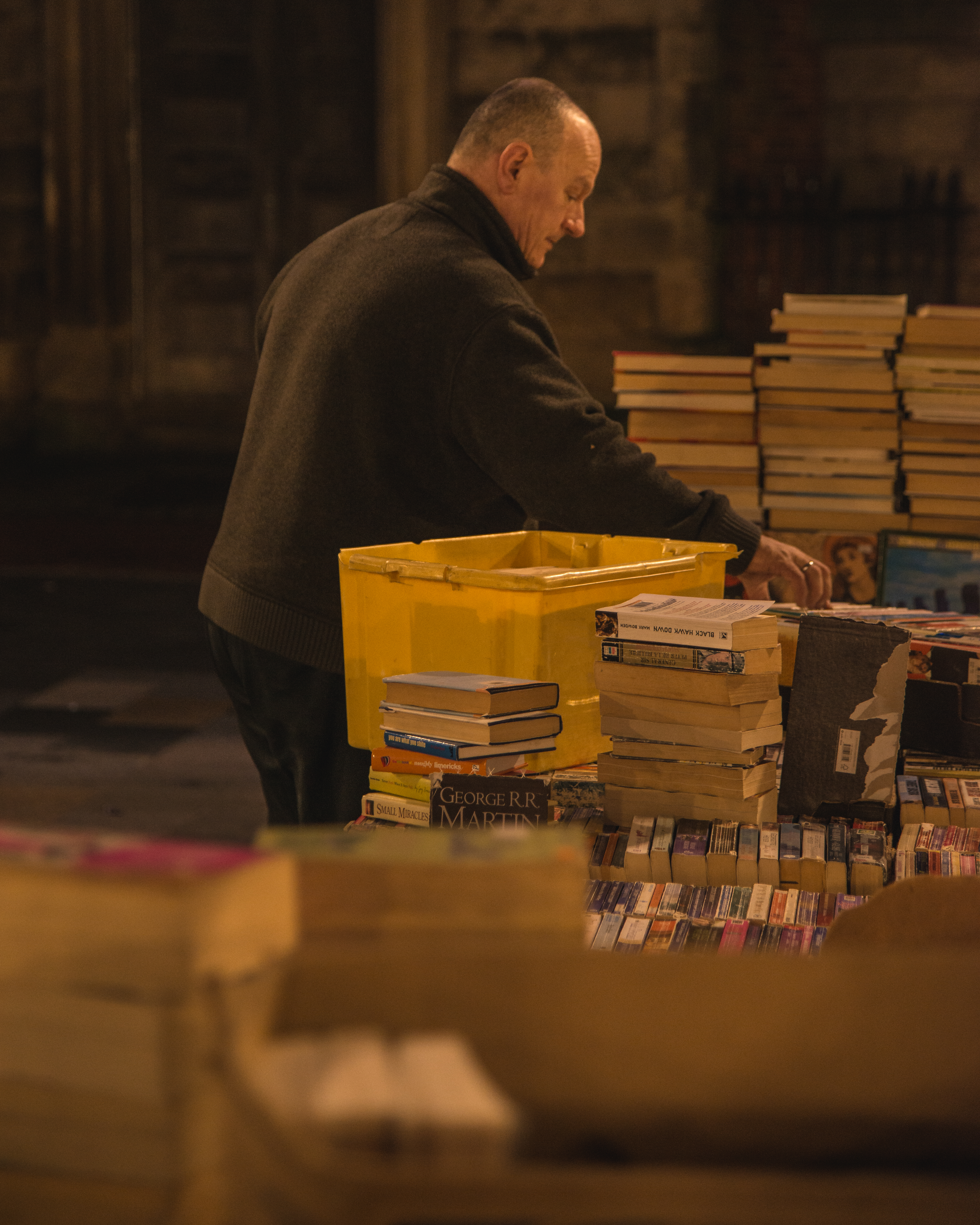The Awaking City
The aim is to view the city as a flâneur (l taylor, 2016) in my typical voyeuristic, but empathic style. To be an actual flâneur I’d have to be the observer not the observed. I dress down as much as possible having listened to a podcast about flâneurs, and ‘become an Adam’,(laura elkin, 2016) feeling much more constrained compared to a careless dawdling man. The statement that a women can not be a flâneur could not be more true, in this day in age where woman are considered an ‘equal’. Looking back to the idea of ‘the male gaze, I can only become a flâneuse not a flâneur. An adapted term for a loitering lady, but also has the definition of a ‘lounge chair’, the only situation a woman would be idling (elkning, 2016).
Market traders fall into the category of milkmen, bakers, cleaners, cafe staff. That go unnoticed in their preparation to enable the community to go about their daily routine. Even though I have arrived before six thirty in the morning on a cold wintery day, some stall owners have already beaten me to it. Banging sounds of steel and heavy wooden boards break the quietness of the city. The city is firmly asleep, but the market is far from it. The early traders gather with hot drinks and have a smoke, and loud cackles of laughter emit from the group. I later discover they are discussing an eccentric fellow trader who is yet to make an appearance. It feels more like lunch time, rather than the time it actually is.
I walk over and instantly they are curious about me and I am far from unnoticed. I almost feel like part of their morning entertainment but I become a part of the team as they chat to me and pose for photographs. They joke and say ‘city awakening!, it’s dinnertime isn't it?’. The project takes a more journalist approach as I start to chat to the stall holders about the continuing changes to the market. We discuss the intensive construction work and the effect it has on day to day trade. Almost the entire market is being bulldozed down only leaving the small listed sections intact and they generally feel disgruntled.
The hum of the local traffic steps up a notch as the roads become more busy. People rushing to start their working day and go about their business. The trades people have all arrived now and are only occupying about half of the stands. Huge barricade of construction barriers makes it look like you should detour this area altogether.
9 o’clock and the city is firmly awake as I warm my hands on a hot vimto, bought kindly by a stall holder. There is a mill of people but it is a far cry from what you would expect from the thriving area it once was. I leave feeling less of a flaneur or and more as and extended member of the market people family.
-the paris review/laura elkin, 2016
-BBC podcast/ l taylor, 2016
-Ways of Seeing/ berger, 1972

Commentary on Rachel Tanur's Works: Guatemalan Egg Seller